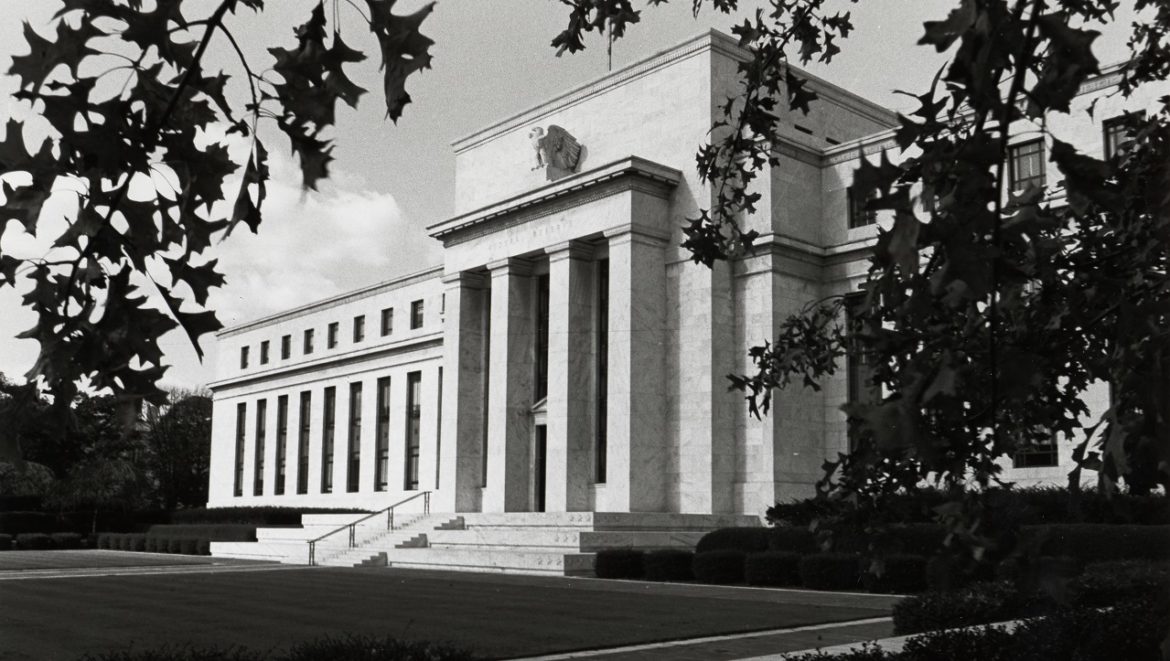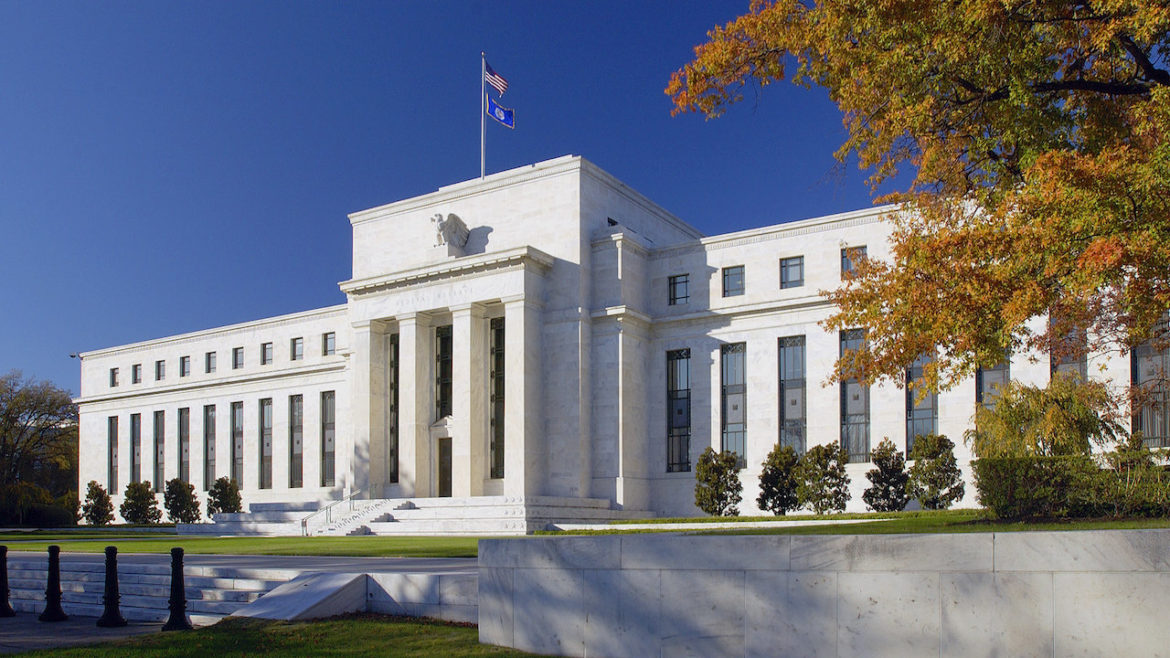It appears we’ve pretty much reached complete panic mode.
The longest bull market in history came to an abrupt end on Wednesday. Wall Street followed up with another massive sell-off on Thursday. The S&P 500 had its worst day since Black Monday in 1987. Even gold was down. Meanwhile, the Fed tried to stem the tide, announcing a new round of quantitative easing. But the tide wasn’t stemmed. In this episode of the Friday Gold Wrap podcast, host Mike Maharrey gives an overview of the week’s events and talks about the elephant in the room.
The US is heading for economic lockdown as the impact of the coronavirus grows. To cope with the crisis, President Trump has promised fiscal stimulus. The actual plan remains unclear, but the Trump administration has floated a reduction in payroll taxes, along with bailouts and loan guarantees for struggling industries. While the details are murky, one thing is certain — it will cost billions of dollars.
Meanwhile, the US government is already living far above its means. Uncle Sam recorded another massive budget deficit of $235 billion last month, according to the latest Treasury Department report.
Yesterday was “Reversal Tuesday.” Stocks rallied on the promise of government stimulus. The dollar and the bond market also turned around. In his podcast, Peter Schiff said the bond market was the one to watch because it’s possible that the promise of more stimulus could have finally pricked the overblown bond bubble.
President Trump floated the idea of a payroll tax cut. There is also talk of bailouts for oil companies and other industries hit hard by the coronavirus, such as airlines and cruise companies.
Stock markets have been getting hammered, ostensibly because of the economic impacts of the coronavirus. Peter Schiff has been saying this isn’t really about the virus. It was the pin that pricked the bubble. If it wasn’t coronavirus, it would have been something else.
Regardless, the Fed hit the panic button last week and slashed interest rates by half a percent. Peter has described this as throwing gasoline on a fire. In other words, the central bank is exacerbating the problem.
It’s been a roller-coaster ride on Wall Steet. Stocks whipsawed up and down — mostly down. Gold dipped and then rebounded. And the Fed cut rates in a move that looked an awful lot like a replay of 2008. In this episode of the Friday Gold Wrap podcast, host Mike Maharrey gives an overview of the topsy-turvy week, and tries to make sense out of what’s going on and where it might lead us.
As the stock market reeled, the Federal Reserve cut rates by 50 basis points this week. It was the first time the Fed has cut rates between meetings since December 2008, when it made a similar move in response to the financial crisis. But that wasn’t enough for President Trump. Immediately after the announcement, the president took to Twitter calling for more cuts.
Stop and pause for a moment and think about what just happened. The Federal Reserve says the US economy is strong, but it just initiated emergency monetary policy last seen during the worst financial crisis since the Great Depression.
Something doesn’t add up.
The Fed cut rates 50 basis points on Tuesday. It was the first interest rate move between regularly schedule FMOC meetings since the 2008 financial crisis. The Fed funds rate now stands between 1.0 and 1.25%.
After the worst week since 2008, the stock market rallied on Monday on the hope of central bank stimulus. In his March 2 podcast, Peter Schiff said he doesn’t think the Fed’s easy money can keep the air in the stock market bubble. But the stimulus overdose will likely propel gold to new highs.
Subprime auto loan delinquencies have exploded, taking the overall delinquency rate to Financial Crisis levels. But the economy is supposedly great. What is causing this spike in delinquencies?
According to the latest data released by the New York Fed, serious delinquencies (90 days or more past due) surged by 15.5% in the fourth quarter of 2019 to a record high of $66 billion.
In the most recent Friday Gold Wrap podcast, Mike Maharrey talked about the fact that the Federal Reserve has increasingly engaged in more and more extraordinary monetary policy. As he put it, extreme has become the norm. Despite what pundits insist is a “great” economy, interest rates are extremely low by historical standards and the Fed is engaging in quantitative easing to the tune of $60 billion a month.
While stock markets continue to make record highs and the economy continues to grow, the question is how long can this last?












